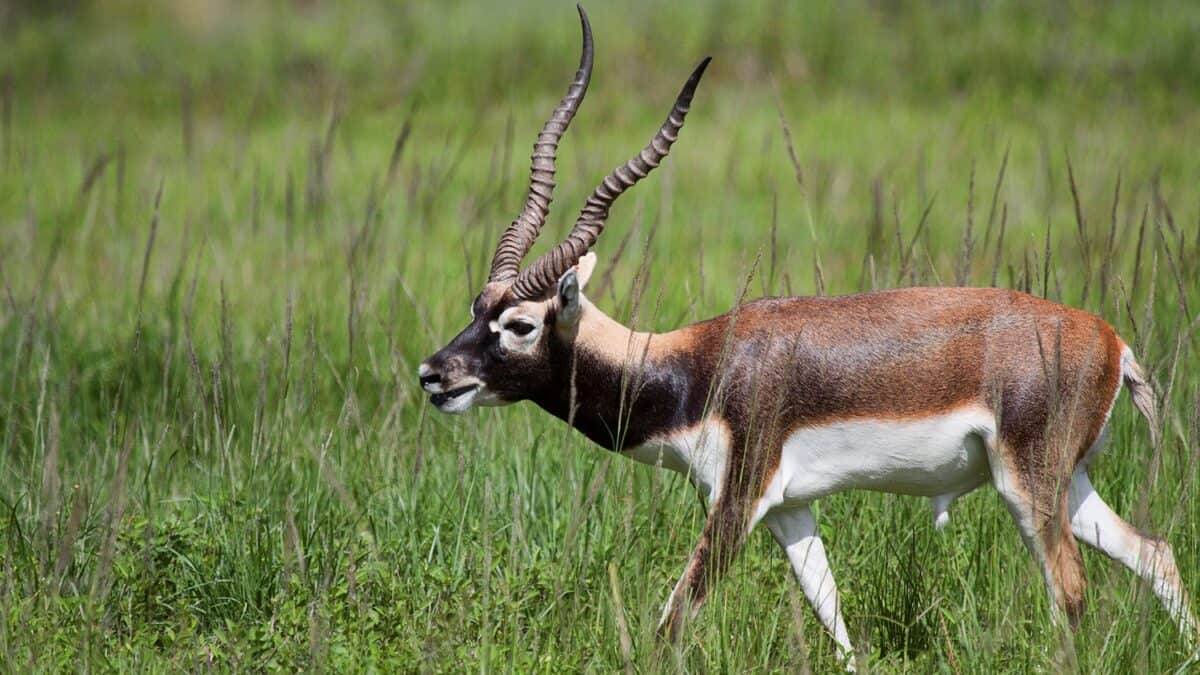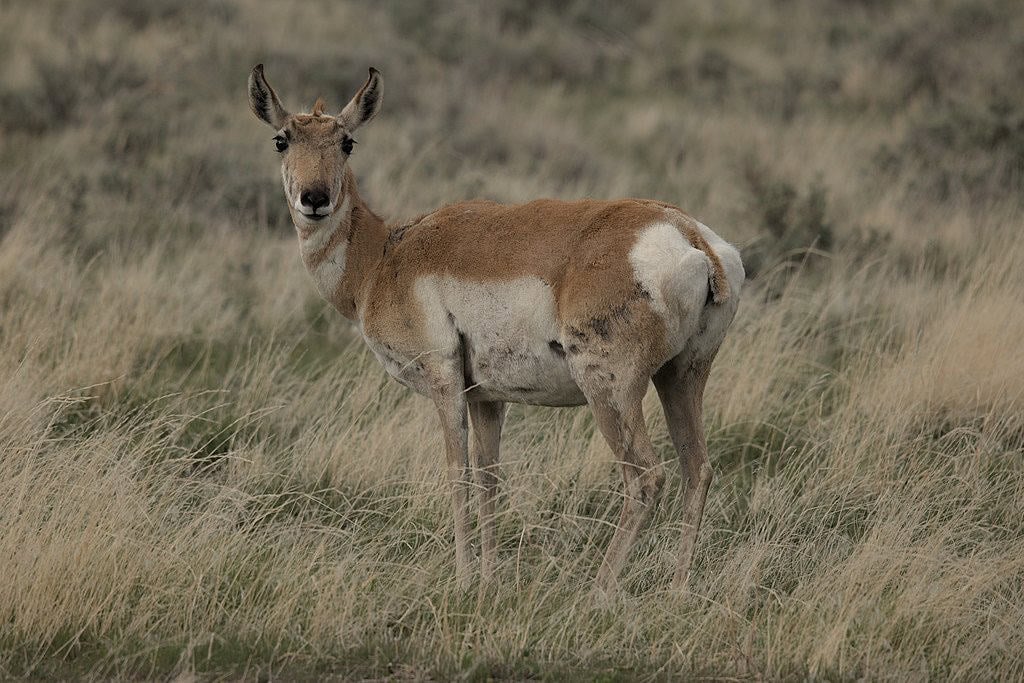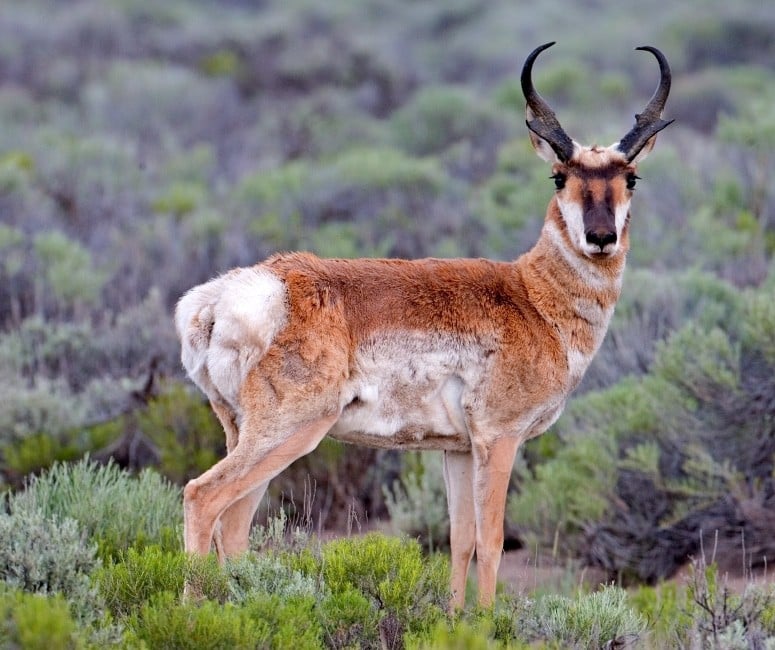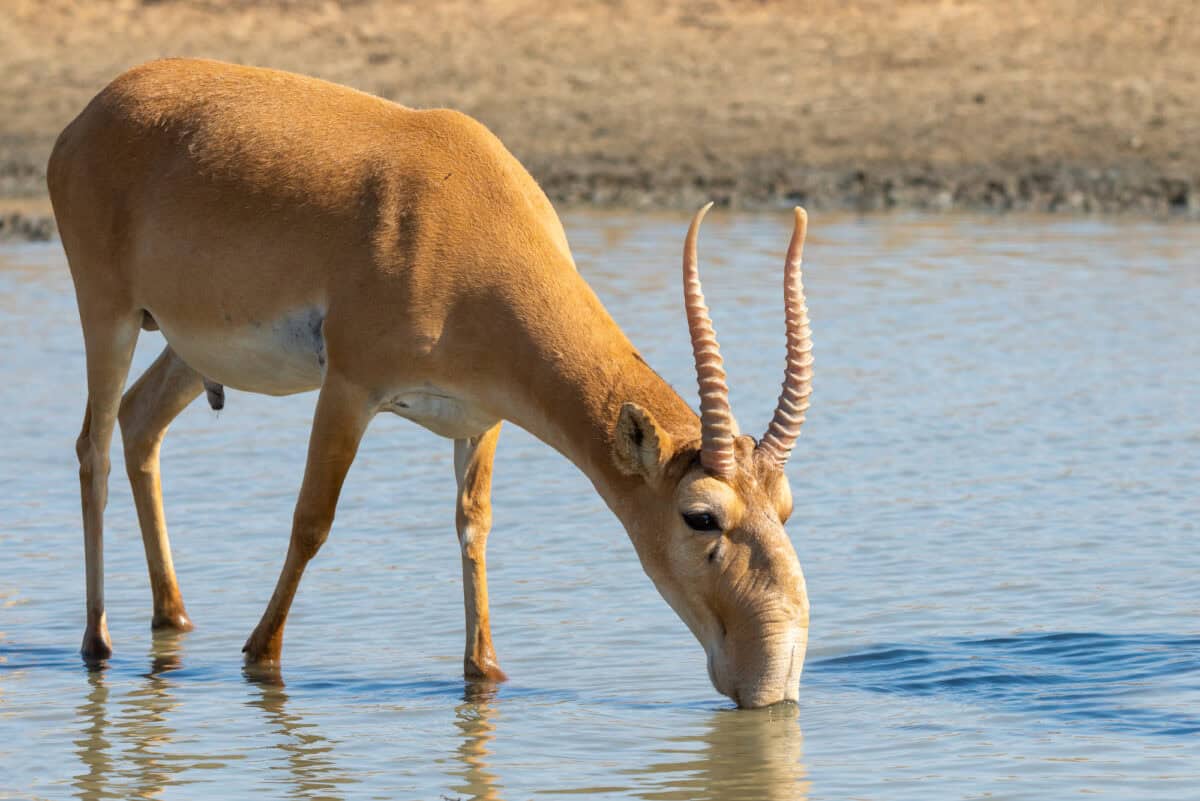The animal kingdom is a diverse realm where survival often hinges on the ability to outwit, outpace, or overpower others. Among the fleet-footed creatures in this ecosystem, the antelope stands out for its impressive speed and agility. This captivating mammal is renowned for its ability to sprint faster than many of its predators, securing its place as a master of quick escapes.
Anatomy of Speed: The Antelope’s Physical Adaptations

The secret to the antelope’s remarkable speed lies primarily in its unique anatomical features. First and foremost is the antelope’s lightweight body combined with strong, muscular legs designed for rapid movement. Its legs are long and thin, reducing wind resistance while allowing for considerable strides with each bound. Antelopes possess high concentrations of fast-twitch muscle fibers, which are crucial for quick bursts of speed and sudden changes in direction.
The structure of an antelope’s long legs includes specialized tendons and ligaments that store elastic energy. These act like springs, releasing stored energy with each stride and enabling the antelope to cover vast distances quickly and efficiently. Additionally, antelope hooves are adapted to provide excellent traction and stability on various terrains, from grasslands to rocky paths, further aiding their swift escape from predators.
Cardiovascular Efficiency: Fueling the Sprint

A high-performing cardiovascular system is vital for sustaining the antelope’s speed. Their large heart and lungs are adapted to pump oxygenated blood efficiently throughout the body, ensuring that muscles receive the necessary fuel during a sprint. This cardiovascular efficiency is complemented by a high aerobic capacity, allowing antelopes to maintain fast speeds over longer distances compared to many predators, which may tire more quickly.
The metabolic rate of antelopes is finely tuned to support their dynamic lifestyle. With a diet primarily consisting of nutrient-rich vegetation, antelopes have the energy reserves required for both short, explosive escapes and more prolonged chases.
Tactics and Terrain: Strategic Advantages in Escape

Speed alone does not secure survival; antelopes are also adept strategists when it comes to evading predators. These animals are highly perceptive, with acute senses of sight and hearing that alert them to nearby threats. Their large, rotating ears enhance auditory detection, while wide-set eyes provide a broad field of vision, enabling them to spot danger from nearly any direction.
Antelopes often inhabit open plains, using the expansive terrain to their advantage. In these environments, they can detect predators from a distance and make full use of their speed. Their agility allows them to execute sharp turns and unpredictable zigzag patterns, confusing and outmaneuvering chasing predators, which may struggle to change direction as swiftly.
The Evolutionary Arms Race: Predators vs. Prey

The antelope’s speed is not merely for show; it is a critical component of the evolutionary arms race between predators and prey. Predators like cheetahs, lions, and hyenas have developed their own adaptations to catch fleet-footed prey. However, while a cheetah can outperform an antelope in short sprints, it cannot maintain that speed for long, giving antelopes a fighting chance during longer chases.
Over time, these evolutionary pressures have sculpted antelopes into formidable escape artists. Their survival hinges on an ability to blend speed with endurance, ensuring that they remain one stride ahead of their predators in the wild.
Conclusion: The Antelope’s Legacy of Speed and Survival

The antelope’s ability to sprint faster than many of its predators showcases the intricate balance of nature. It highlights the continual evolution and adaptation essential for survival in the animal kingdom. Through a combination of anatomical specialization, cardiovascular prowess, and keen senses, antelopes have become emblematic of the power of speed and strategy in the dance of life and death. As we continue to study these extraordinary creatures, we gain insights into the delicate interplay between prey and predator, speed and survival.
- The Bird That Can Mimic Almost Any Sound - August 14, 2025
- Elephants Never Forget, But Science Just Discovered How Their Memory Works - August 14, 2025
- 12 Animals That Work Together to Survive in the Wild - August 14, 2025

